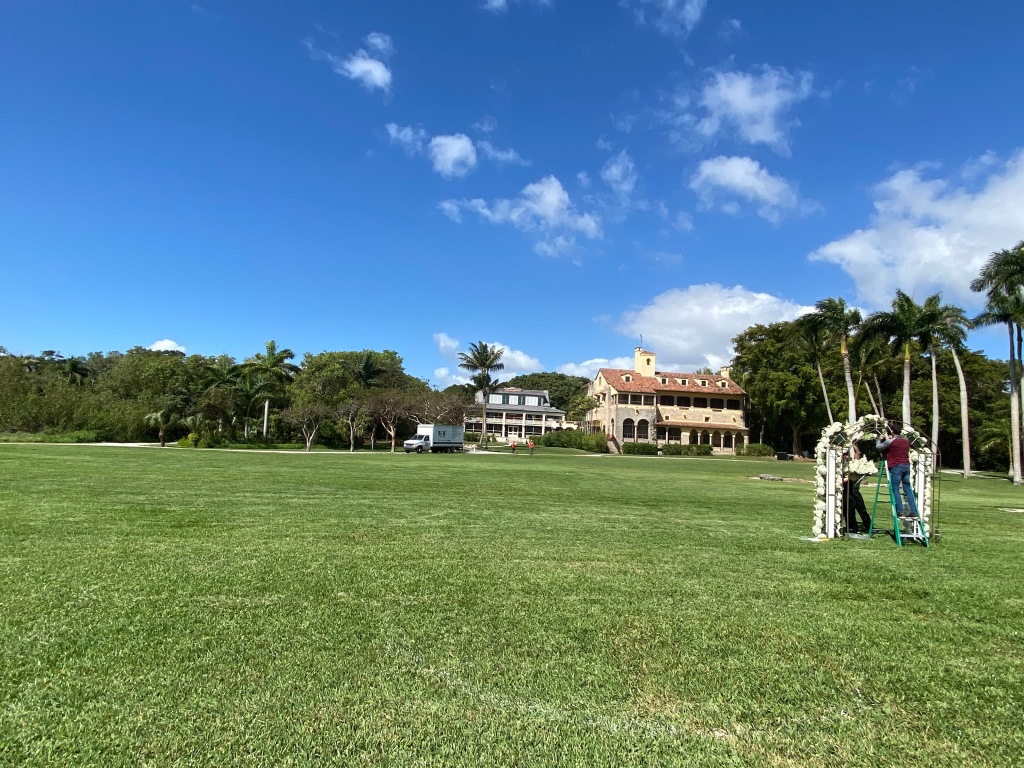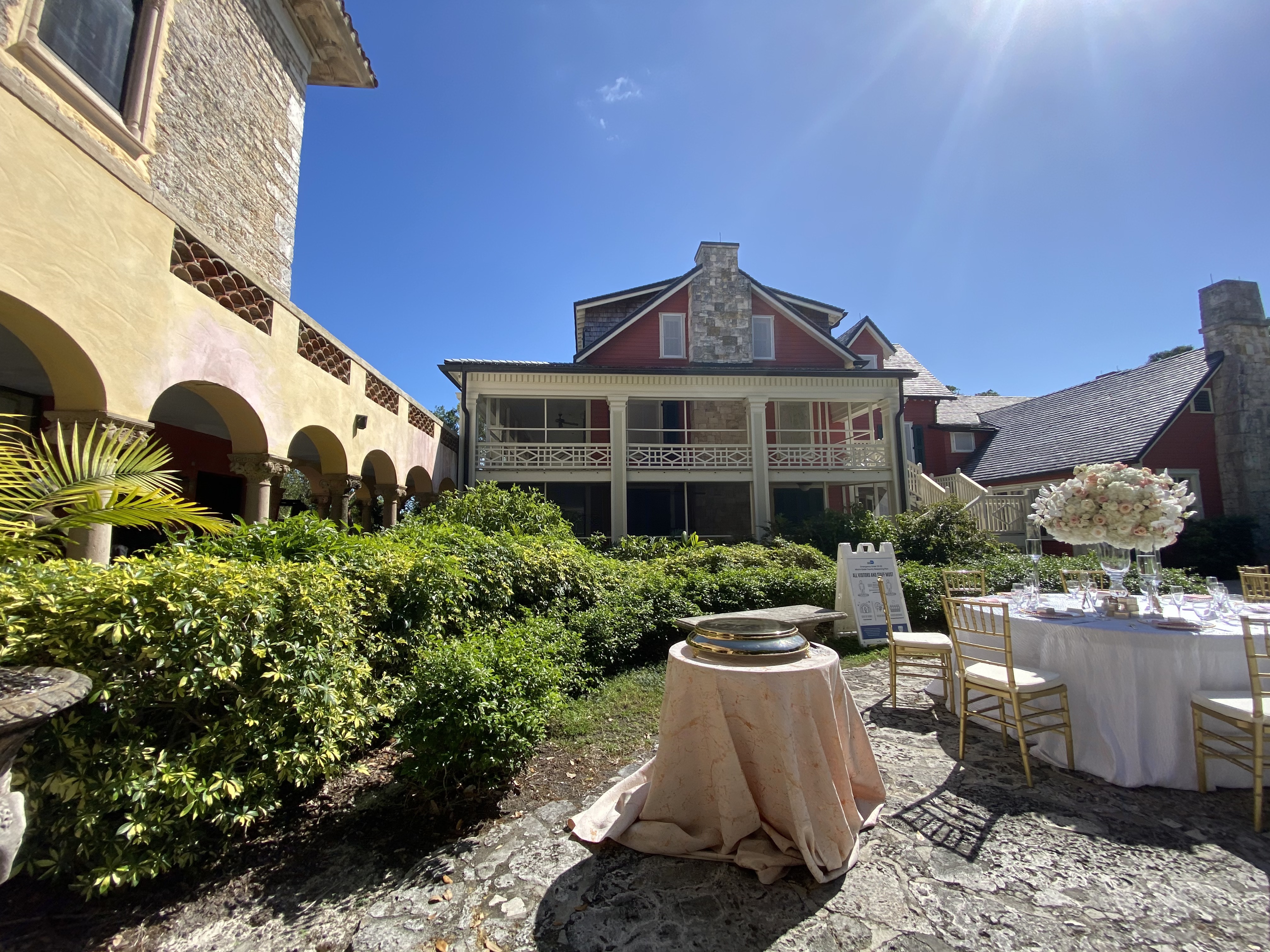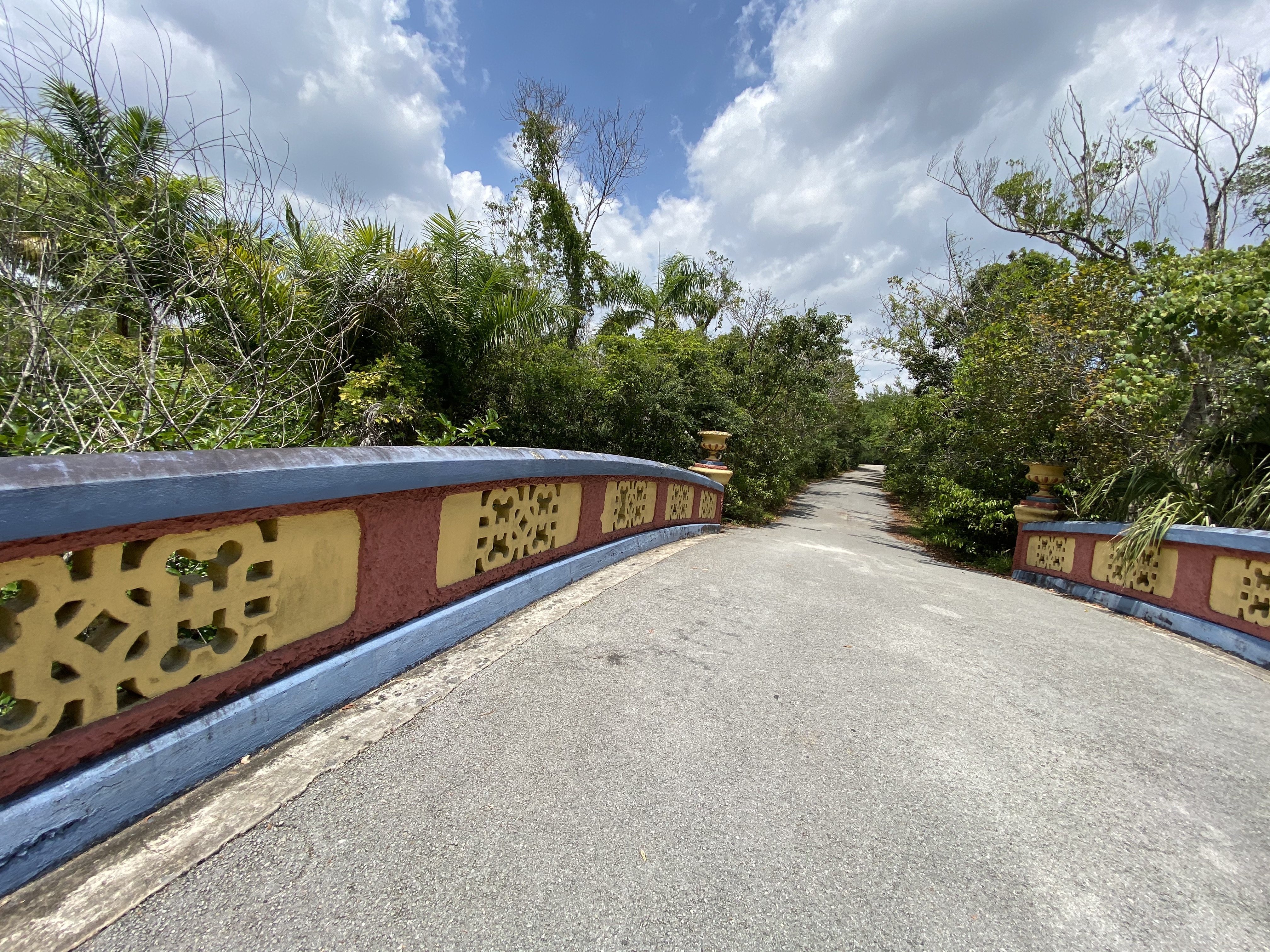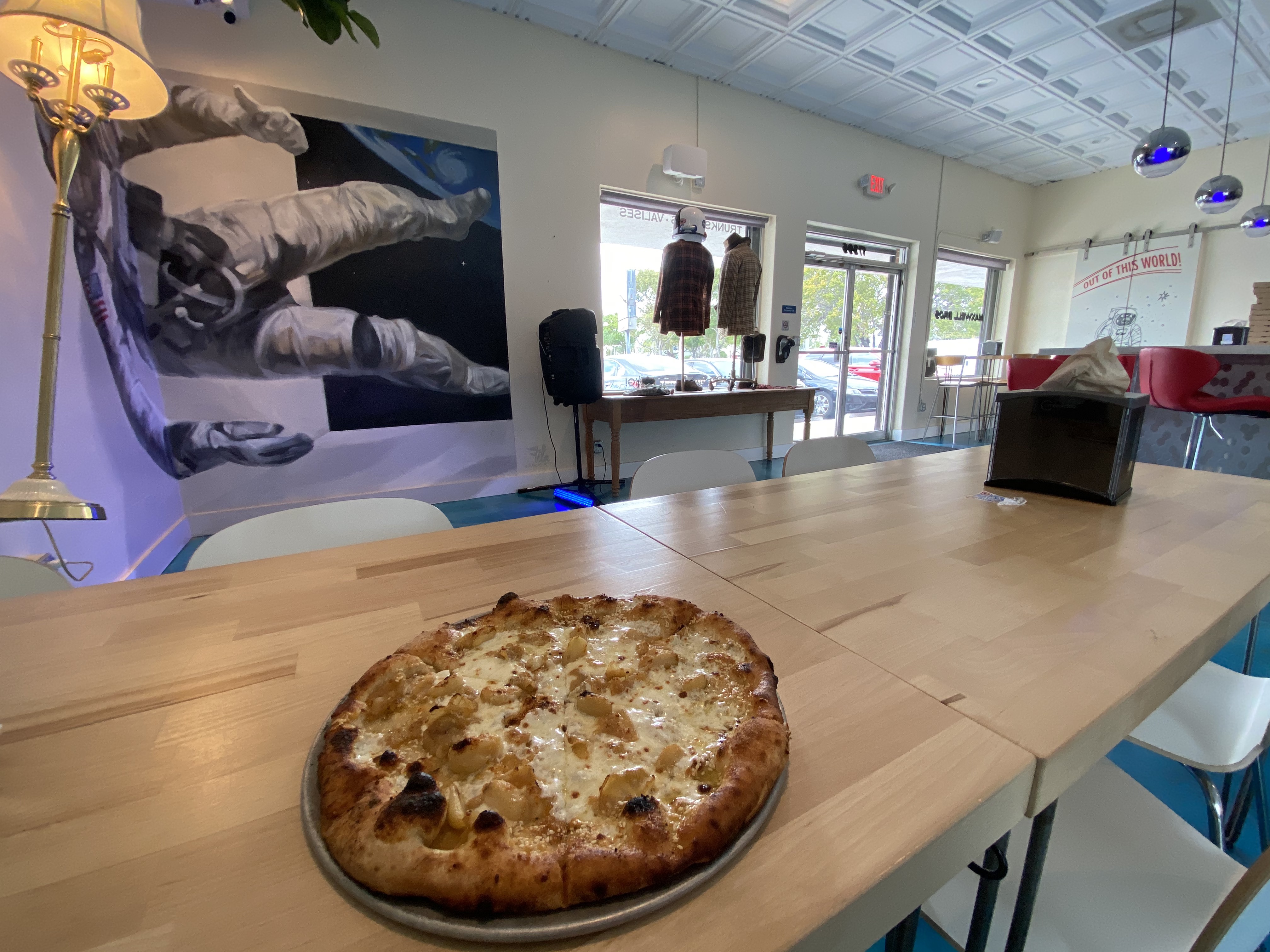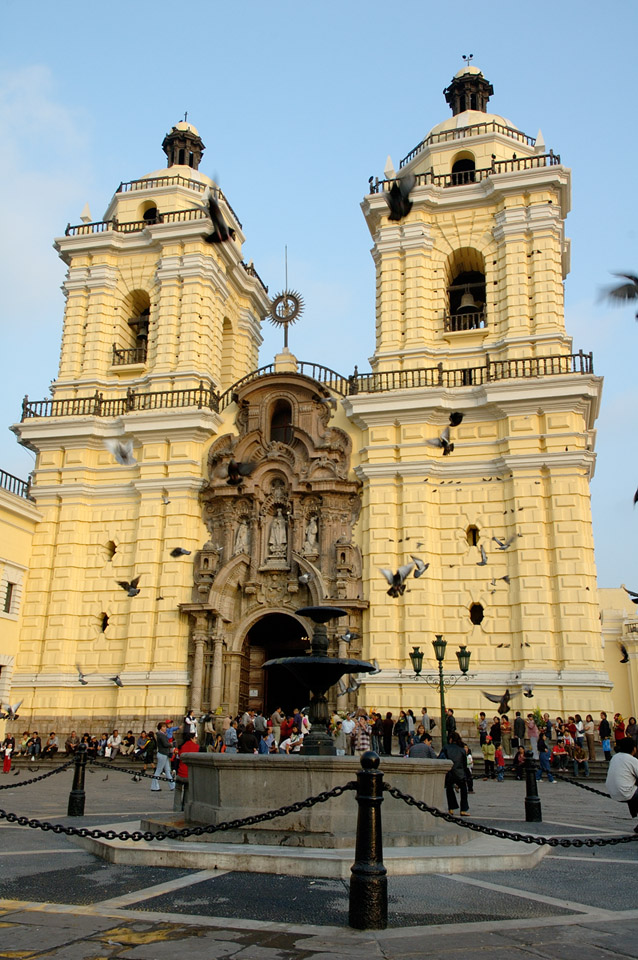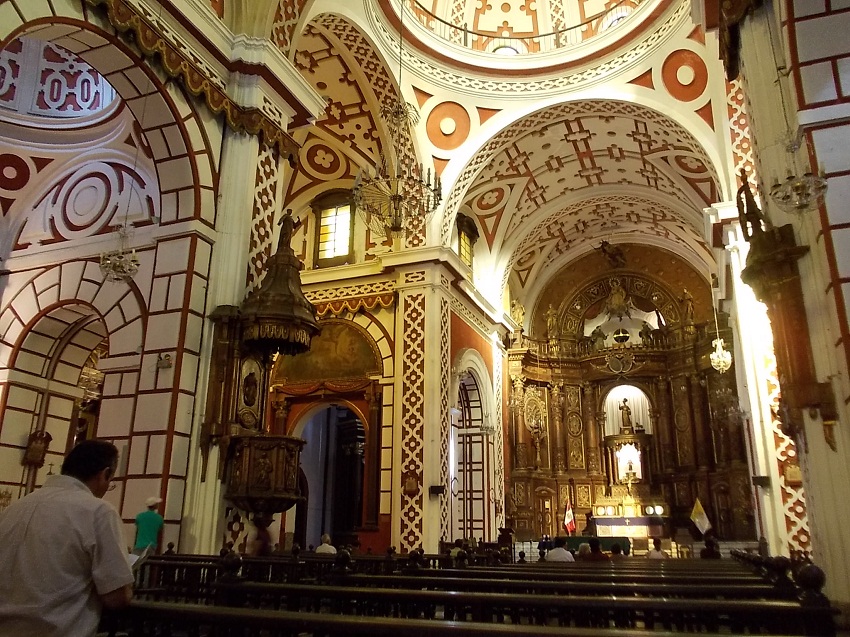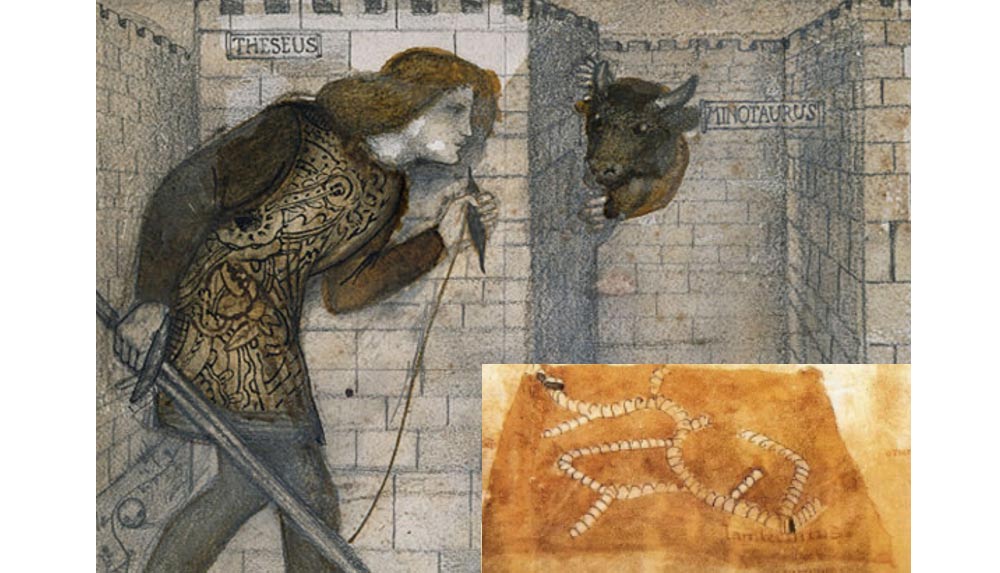About the Author
My name is Fengxin Ma, you may call me Francine. I was born in China and raised in Miami. I’m currently a Junior at FIU studying Finance and Computer Science. I love to travel the world and meet different people for the opportunity of learn about their culture and background. This is why I’m so deeply in love with photography. I want capture unforgettable memories and places in hope that one day when I’m old I can look back and reflects on all the wonderful things I’ve done. I have a fascination of what mother nature and human can do. It creates the most enchanting sights and arts. With my fascination in things and an adventurous heart, I hope I will always be exploring and bringing what the most our planet can offer through my camera.
Geography

The current address of Vizcaya is 3251 South Miami Ave, Miami, FL, 33129. It is located at North Coconut Grove, along the shores of Biscayne Bay. The Museum is right off I-95 and about a ten-minute drive from Downtown Miami. Vizcaya offers free parking for all visitors, however, parking space on site are upon availability because there are only two parking lots. If the main parking lot has reaches its full capacity, visitors can park on the parking lot at the west side of South Miami Avenue.
Vizcaya strongly encourages visitors to utilize the public transportations to get to the museum. Visitors can take the Miami-Dade Metrorail and exit at the Vizcaya Station. When using Metrorail, visitors can cross US 1 on the pedestrian bridge, then continues along 32nd road to South Miami Avenue. Once the visitor cross SW 32nd street, it processed to the Vizcaya Entrance Drive that is cross from South Miami Avenue. Visitors may follow the pedestrian routes to the Admission Booth. The Vizcaya Metro station is about ten-minute walk from the site. Alternative method of getting to the Vizcaya via Public Transportation is through the Miami Trolley. Visitors can take the Brickell Route to stop #39 on a Northbound trolley, or stop #15 on a Southbound trolley.
The geographical location of the Vizcaya has played a crucial factor in attracting visitors. It is conveniently designed for guests to have multiple ways to reach the destination through different transportation systems. This allows the visitors to access the site without any disruption and has certainly played an encouragement factor in marketing. The construction of Vizcaya has play a critical role in the Miami real estate market by causing an appreciation to the real estate around it. It provided a leverage to housing and the community by attracting investors to the area. Ultimately caused an improvement to the neighborhood and the raise of real estate prices.
History

The story of Vizcaya begins with the arrival of James Deering to Miami in 1910. James Deering was a millionaire from South Paris, Maine. His main source of income comes from his family’s agricultural equipment manufacturing company: Deering Harvester Company. During Deering’s senior years, he was diagnosed with pernicious anemia, a health condition that his family doctor suggested to him to move to a warm climate. This condition served as a catalyst for Deering to move to South Florida.
The plan of Vizcaya begins in 1910 when James Deering purchased 180 acres of land in Coconut Grove from Mary Brickell. The Vizcaya has two parts: Main House and Garden. The architectural design of the main house was led Francis Burral Hoffman, a brilliant architect from New York City and studied art at Ecole des Beaux in Paris. Hoffman collaborated closely with Paul Chalfin, the interior designer of Vizcaya, who is an artist originated from New York but studied art at Ecole des Beaux in Paris and later stayed at American Academy in Rome. He was introduced to James Deering by Elsie de Wolf. The Garden of Vizcaya was led by landscape architect Diego Suarez. Suarez was born in Bogota, Columbia and studied architecture in Italy. Suarez began working with James Deering and Paul Chalfin in June 1914.
Mission
The mission of Vizaya is: Preserve, Engage, Connect, Understand, Shape.
The mission of Vizcaya is to preserve the history and protect them. Vizcaya has a strong emphasis in preserving the history because they believe it is important to take care of what is being pass on. The principle of Vizcaya is for people to engage in connecting with the past, it provides visitors with the understanding of how things came to be and directly help shapes their value and cultural understanding. Through their engagement of the past, people can apply their findings to the present. Essentially, it allows the Vizcaya to fulfill its mission by providing a platform for people to connect with the past, understand the present and shape the future.
Access
Visitors can enjoy the Vizcaya Estate and Gardens during the week from Wednesday through Monday. Their hours of operation go from 9:30 am to 4:30 pm. However, Vizcaya offers extended hours on holidays to allow visitors to marvel the sunset over the beautiful marina behind the estate.
Visitors can expect to pay anywhere from ten to twenty-two dollars based on their age, with United States military veterans and activity military personnel going in free of charge. There is a myriad of discounts available through culturally funded programs in Miami Dade County; for example, the Miami-Dade County Department of Cultural Affairs offers free admission on select days to senior citizens through their Golden Ticket program.
For those who chose to enjoy the estate all year-round, there are membership deals that grant pass holders reduced fees and perks. The Vizcaya Museum and Gardens put thought into their membership program by curating different levels based on the amount and status of people. The types of membership based on amount of people are individual, dual, family for the soloist, couple, and household who want to admire the century old estate. While those who choose to give more can opt for the preservationist and conservator package. However, not everyone can afford the hundreds of dollars for a year-long membership, so college students can pay a reduced rate while enjoying some of the benefits other members get.
If one choses to spend their day amongst Mediterranean revival architecture and blossoming flowers, at the ticket counter they would see the following hours of operations and prices.
Hours of Operation:
OPEN: Wednesday-Monday from 9:30 am to 4:30 pm
Entry to various parts of the Vizcaya Museum and Gardens closing time
Estate at 4:30 pm
Main House at 5:00 pm
Gardens at 5:30 pm
Admission Prices:
Adult (18 and older) $22
Seniors (65 and older with ID) $16
College students with ID $15
Teens (13-17) $15
Child (6-12) $10
Visitors with wheelchairs $10
Children (5 and under) Free
United States military veterans and active duty US military personnel with ID Free
About the Main House

The construction of Vizcaya started in 1912 and is complete on Christmas Day of 1916. The main house is built with the inspiration of Spanish and Italian architect design, however, due to the warm climate and the environment that Vizcaya is at, Hoffman emphasized many Mediterranean architect elements to better suit the South Florida Climate. Other than its beautiful European exterior, the main house also utilized a moat on its surroundings, and it was later filled with cacti. This feature was originally used to discourage trespassers and protect the property itself. The main house has a total of 54 rooms and an open living space at the heart of the house. The living space is an open courtyard at the center of the house. The living space was built with the intention of James Deering wanted to take full advantage of the environment around it. The main house was designed with a symmetrical façade on the east side, it opens onto the terrace and subsiding towards the water. The façade on the west side of the house used to welcome visitors. It is not as glamorously decorated as the house, perhaps it is very simple that creates a contrast to the elaborate décor of the house. The north façade leads to the swimming pool of the house, and the south façade opens to the garden.

The interior design of the house was led by Paul Chalfin. With a total of 54 rooms (34 of them are open to visitors), each room was carefully thought out and decorated with a different theme. Visitors may walk into one room that is Renaissance-inspired and walk into another room that is Baroque inspired. The first floor of the house is served as the reception of the house. The first floor is surrounded by the Library, Music Room, Kitchen, and the Dining Room with open access to the main living space – the courtyard. The second floor is more for personal usage. It included guest suit, James Deering’s bedroom, Breakfast Room and the Kitchen. The details of the house are put together by little pieces, ranging from painting Chalfin found in Europe that suggested to have the same last name as James Deering but have no ancestry history to hiring a painter to paint marble-like looking artifacts on the wall. One of the décors of the room was a painting Each room is designed around objects and artifacts from Italy. According to the Vizcaya.org, the main house serves as a memory book. It suggests the pass of time through the accumulation of artifacts and memories.
Despite its Baroque look, the Vizcaya has some of the most advanced technology could offer at that time. Many of these technologies include generator, water filtration system, telephone, dumbwaiter, refrigerator, vacuum cleaning system, elevator, and partial automatic laundry room.
The main house of Vizcaya played a significance in history. It offered knowledge of the architectural technology that was utilized during the period but also offered an insight view of the people living at the time. The implement of technologies in the house provides visitors knowledge of how modern-day technology came to be and see the progression of technology through the presentation of the old and the new.
About the Garden
The Vizcaya Garden is a stunningly designed showcase of flora, which captivates visitors from all over the world. This landmark offers a magnificent blend of art, the ocean and the flora of Miami. These gardens are a form of art themselves, displaying beautiful, intricate layouts of plants strategically meant to complement the beautiful architecture of the house and its surroundings. These gardens represent a dance between the beauty of man-made structures interlaced with the beauty of nature as the garden is adorned with multiple fountains and sculptures.

The garden is designed to be a romantic get away. Walking through the garden, you will see the it offers many spots and opportunities for lovers to showcase their affection. The emphasis of love is displayed throughout the garden, ranging from the Secret Garden to the Theater Garden, each location is carefully thought out to be an outdoor room.
Since its beginnings, this garden was carefully planned with an aged aesthetic, Diego Suarez, the landscape architect, strategized the type of tree and the material of the structures within the garden to obtain this look which has only strengthened throughout the years. This estate holds a variety of exotic flora which is carefully protected even by the layout of the gardens themselves. Suarez took inspiration from Europe, Africa, Asian and even the South Florida natural ecosystem to design different parts of the garden, making it a mult
icultural artistic masterpiece in and out of itself. The gardens as a unit, along with their location and their purpose to preserve, make the Vizcaya Gardens a national landmark and a piece of South Floridian history.
Collection
The Holy Trinity, Seat of Mercy
One of the missions of the Vizcaya Museum is to restore art, not only to its original state

but to its original owners as well. During World War II, the way Nazis destroyed the
nations they invaded was by diminishing their culture. They accomplished this by
stealing national artwork and hiding them away as commanded by Hitler. Vizcaya came across one of these stolen pieces of art called The Holy Trinity, Seat of Mercy by George Pencz. After careful research on the piece, the restoration-ists discovered this painting was stolen from the Warsaw National Museum and immediately returned it to its proper home. This example of one the past pieces in the estate’s collection exemplifies its mission to keep art in its ideal form and proper home.
Light Fixtures

Hanging above everyone’s heads and lighting the way into the night are the light fixtures scattered throughout the property. A major conservation project was spearheaded by Rosa Lowinger & Associates, a notable conservation firm. In order to restore the light fixtures that were damaged by a century’s worth of marine exposure, the team of electrical engineers, metal smiths, and conservationists extensively studied what was before them before repairing it.
The team went through meticulous work to restore the fixtures made of metal and glass. The fixtures were cleaned, repaired the corrosion, refinished the surface, and rewired them back into place. In order to ensure these fixtures could last another century, the conservation firm redesigned the fixtures so they could be removed from the façade of the house during hurricane season. It would be shocking to note that all this work was put in for only two pairs of light fixtures but exemplifies Vizcaya’s drive to maintain the integrity of its estate.
The Garden Mound

Aside from the Main House and marina is the Vizcaya Gardens designed by the infamous landscape architect, Diego Suarez. Those who visit the gardens could not miss the Garden Mound that effectively blocks the house from sight. Suarez intentionally did this to block the strong sunrays from blinding the visitors who want to stroll along the garden path.
The Garden Mound features an ornate stone staircase bordered by two stone walls. For those starting from the house, they can enjoy the luscious greenery reflected in the pond before making their way up the stairs. Their descent will take them to a large alcove where many dignitaries have made speeches and enjoyed parties there. In the Garden Room, President Reagan addressed the media with Pope John Paul II while President Clinton held the First Summit of the Americas meeting. The Garden Mound has served as a venue for political events that has seen many historical figures resolve problems and enjoy some free time.
Visitor

- Have visited the Vizcaya before? What is your reason in visiting?
My visit to the Vizcaya Museum and Gardens was prompted by my fascination with the old architecture that stood as a stark contrast to the buildings around it. I had passed by the property a few times and wanted to know more about the building that was shielded by its high walls and trees. After doing some research on the estate, I needed to see the place for myself in real life and decided to take a trip there.
- What is your favorite part about the Vizcaya? Why?
My favorite part of the estate was the rooms in the Main House. The gardens and marina have their own personality and flare, however the deep, dark woodwork against the bright marble floors kept me wanting to explore every design etched in its old wood. What made this feature of the house even more enchanting was the unique patterns based on the type of room in the house. Rooms saved for certain select guests had furniture and artwork that featured elements that were distinct to its occupant. This showed how much care was put into this house and how the owner wanted to create a place for people to come together and feel at home.
- What did you enjoy the most about Vizcaya?
The best part of visiting Vizcaya was its ability to transport its visitors back in time. Even if someone is wearing modern clothes and armed with the latest phone, you could not help but feel like you could be in the 1920’s.
- Would you consider visiting the Vizcaya again? Why or Why Not?
Going to Vizcaya is a treat one can only enjoy every so often. Since the estate does not have rotating exhibits, one would find themselves seeing the same thing every time they visit. For those who live in South Florida, taking a trip to Vizcaya once is a must but going back is up to the person. I would wait a couple years until the details of the marble halls and open courtyards are hazy in my memory. If the estate offered more exhibits or special events, I would see myself going back more often.
- What do you feel about the impact that the Vizcaya has made ?
The impact that Vizcaya has on our society, specifically in Miami, is a grand reminder of what our city used to be like. Since schools in Miami Dade county do not require students to learn about Floridian history, this is the best option for people to learn about the city they live in.
Portrait
Alberto Aquistapace
Visitor Services Associate
Contact :The Vizcaya
3251 South Miami Ave
Miami, FL, 33129
Telephone : 305-250-9133
- What is your name ?
Alberto Acquistapace
- What is your job title ?
Visitor Service Associate
- What is your inspiration to work at the Vizcaya?
I have always wanted to work inside a museum and I feel like the historical value of museum in context to Miami Dade is really important, and I want to be part of that.
- How do you feel about your job position?
I like it , I think this is a good opportunity to participate and interact with customer in form of like a stronger customer service experience.
- What do you enjoy the most about working in Vizcaya ?
Well its really beautiful, so I enjoy that. I really like history, so be able to work at place that has a lot history behind it is really nice and quite enjoyable.
- Do you feel like the Vizcaya is easy accessible to the public?
I think so but at the same time I feel like we could have a stronger presence. I mean there are people that lived in Miami their whole life and they never heard of Vizcaya till they finally come here. We probably could do something a little bit more to do to be more presence.
- What is your favorite part about the Vizcaya? Why?
My favorite part is the first floor especially the enclosed loggia room. Obviously because it has that one wall faces the garden that completely made of stain glass and I really like the pastel colors all around the room. The western and Greek inspired decoration.
Summary

The Vizcaya museum is a time machine for visitors within a modernized city. The fifty-acre estate, originally home to James Deering, offers Miami locals as well as visitors a unique blend of nature and art. The European architecture of this historical landmark juxtaposes the Latin-American and Caribbean culture found all across the city of Miami and its suburbs. Vizcaya offers the community a variety of programs and activities that promotes bonding among the attendants. Additionally, many of these programs preserve the hopes of James Deering, a known environmentalist, by encouraging the community to learn to care of the environment and appreciate art. The estate promotes knowledge in the arts, history, flora and fauna, making it the perfect destination for the youth of Miami. The location is in the less hectic part of Miami, Coconut Grove, offering a tranquil and welcoming environment; it is the perfect location to encourage both tourists and locals to visit. The art within the estate itself is a magnet for art enthusiasts all over the world, which is only elevated by the ambience of the location. The European-Renaissance style architecture, the art, and the history make it a perfect educational, calm place within the restless Miami life.
The Vizcaya is a stunningly designed showcase, which captivates visitors from all over the world. It offers an amazing educative experience to people of all backgrounds with its affordable prices. The Vizcaya Gardens have been one of the most popular spots for coming of age or “quinceañera” pictures for generations among Hispanic families, as well as wedding and maternity photoshoots, holding a dear place among the memories of many Miamians. This landmark offers a magnificent blend of art, the ocean and the fauna of Miami, displaying a peek into Miami: a place filled with ecological wonders and a mixture of cultural art forms. These gardens are a form of art themselves, displaying beautiful, intricate layouts of plant strategically meant to complement the beautiful architecture of the house and its surroundings. This piece of land creates a world of its own within the city of Miami, it has served its original purpose of preserving the environment from future construction.
References
https://johnwbailly.wordpress.com/lectures/vizcaya/



























































